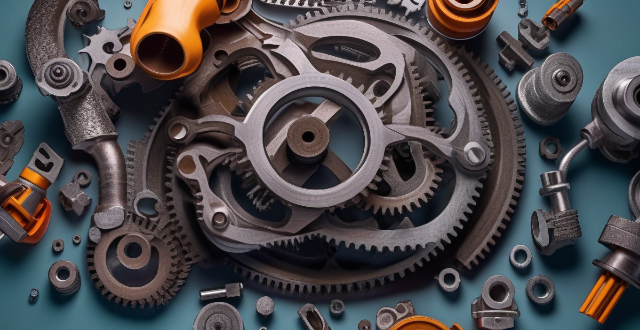Chemical protective gear is essential for workers exposed to hazardous chemicals. The frequency of replacement or maintenance depends on the type of gear, level of exposure, and manufacturer's recommendations. Regular visual inspections and testing are crucial to ensure that the gear remains effective and safe. By following the manufacturer's guidelines, workers can minimize their risk of exposure to hazardous chemicals and protect their health and well-being.

How Often Should Chemical Protective Gear Be Replaced or Maintained?
Chemical protective gear is essential for workers who are exposed to hazardous chemicals. It is crucial to ensure that the gear is in good condition and provides adequate protection. The frequency of replacement or maintenance depends on various factors, including the type of gear, the level of exposure, and the manufacturer's recommendations.
Types of Chemical Protective Gear
There are several types of chemical protective gear, including:
- Respiratory protection: Such as respirators, masks, and air-purifying devices.
- Skin protection: Such as gloves, aprons, and suits.
- Eye protection: Such as goggles, face shields, and safety glasses.
Factors Affecting Replacement and Maintenance Frequency
The following factors should be considered when determining the frequency of replacement or maintenance:
1. Type of gear: Some types of gear may require more frequent replacement or maintenance than others. For example, respirators may need to be replaced after each use, while gloves may only need to be replaced once a week.
2. Level of exposure: Workers who are exposed to higher levels of hazardous chemicals will need to replace or maintain their gear more frequently than those who are exposed to lower levels.
3. Manufacturer's recommendations: Manufacturers typically provide guidelines for the replacement and maintenance of their products. These guidelines should be followed to ensure that the gear remains effective and safe.
4. Visual inspection: Regular visual inspections can help identify any damage or deterioration that may affect the performance of the gear. Any signs of damage or wear should prompt immediate replacement or repair.
5. Testing: Some types of gear, such as respirators, may require regular testing to ensure that they are functioning properly. Testing should be performed according to the manufacturer's instructions.
General Guidelines for Replacement and Maintenance Frequency
Here are some general guidelines for the replacement and maintenance frequency of different types of chemical protective gear:
Respiratory Protection
- Respirators: Replace after each use or as recommended by the manufacturer.
- Masks: Replace daily or as needed based on visual inspection.
- Air-purifying devices: Check filters regularly and replace them as needed or according to the manufacturer's recommendations.
Skin Protection
- Gloves: Replace daily or as needed based on visual inspection. Discard any gloves that show signs of damage or deterioration.
- Aprons and suits: Check for signs of damage or wear regularly and replace as needed. Follow the manufacturer's recommended replacement schedule.
Eye Protection
- Goggles: Clean after each use and inspect for scratches or other damage. Replace if necessary.
- Face shields: Clean after each use and inspect for scratches or other damage. Replace if necessary.
- Safety glasses: Clean after each use and inspect for scratches or other damage. Replace if necessary.
Conclusion
In conclusion, the frequency of replacement or maintenance for chemical protective gear depends on various factors, including the type of gear, the level of exposure, and the manufacturer's recommendations. It is essential to follow the manufacturer's guidelines and perform regular visual inspections and testing to ensure that the gear remains effective and safe. By doing so, workers can minimize their risk of exposure to hazardous chemicals and protect their health and well-being.